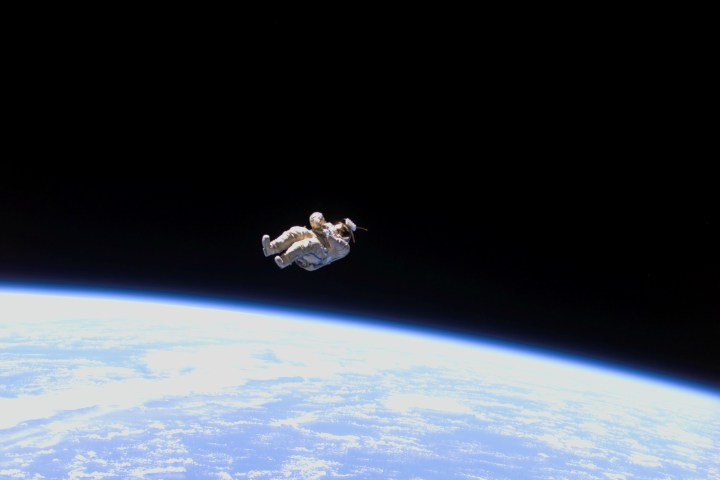
Scientists from the Japan Aerospace Exploration Agency (JAXA) designed an experimental vessel that has a tether to pull trash out of orbit. What exactly is this trash, you ask? Leftover pieces from old expeditions — old satellites, rocket pieces, and other orbital flotsam and jetsam. In fact, there are an estimated 100 million pieces of this sort of junk currently circling the Earth, which could present a problem for future space travel. That is, unless, it gets cleaned up.
The contraption attached to JAXA’s Kounotori spacecraft may just be the answer. As the AFP reports, “Researchers are using a so-called electrodynamic tether made from thin wires of stainless steel and aluminium. The idea is that one end of the strip will be attached to debris.”
Furthermore, the tether will generate electricity as it swings through our planet’s magnetic field, which could slow down the space junk, causing its orbit to decay. When it gets low enough, it will enter our atmosphere, burning up before it crashes on land or sea.
“The tether uses our fishnet plaiting technology, but it was really tough to intertwine the very thin materials,” company engineer Katsuya Suzuki told AFP. “The length of the tether this time is 700 metre (2,300 feet), but eventually it’s going to need to be 5,000 to 10,000 metre-long to slow down the targeted space junk,” he added.
Should the system prove successful, more similar tethers could be sent to space in the coming years. The hope is that by the mid-2020s, we’ll have a more regimented way of dealing with space junk.
The Kounotori vehicle arrived safely at the ISS on Wednesday, and when it departs the station with a new payload of waste, the tether will begin to do its work.
Article originally published in December. Updated on 12-16-2016 by Lulu Chang: Added news of Kounotori’s successful arrival and planned deployment of the tether.
Editors' Recommendations
- Junk from the ISS fell on a house in the U.S., NASA confirms
- Thursday’s spacewalk at the ISS has just been postponed
- Car-sized object washed up on beach could be space junk
- Watch a cosmonaut hurl a piece of ISS garbage into the abyss
- Japan’s space agency destroys own rocket just after launch


